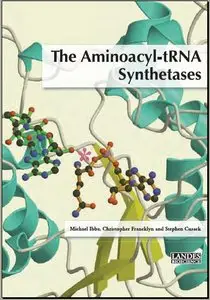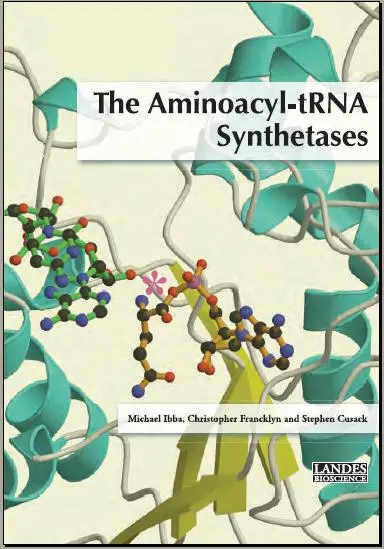Aminoacyl-Trna Synthetases (Molecular Biology Intelligence Unit) by Michael Ibba
Publisher: Landes Bioscience; 1 edition (March 2005) | ISBN: 1587061899 | Pages: 420 | PDF | 17.81 MB
Publisher: Landes Bioscience; 1 edition (March 2005) | ISBN: 1587061899 | Pages: 420 | PDF | 17.81 MB
The aminoacyl-tRNA synthetases occupy a special position in molecular biology, the point in gene expression at which the genetic code is first defined. Francis Crick, in his inimitable fashion, foresaw in his prescient Adaptor Hypothesis the need for such a family of enzymes to provide an interface between nucleic acids and amino acids, long before even the basic tenets of protein synthesis had been established. In the halfcentury or so since, these “adaptors” and the enzymes that recognize them have continued to provide many surprises in what at first might have been considered a simple housekeeping reaction of protein synthesis. Perhaps most importantly, their study has revealed the molecular mechanisms that determine and accurately maintain the genetic code. In addition to serving as the first systems that illustrate how proteins achieve sequence specific recognition of RNA, work on synthetases has also provided groundbreaking advances in numerous fields ranging from structural biology to enzymology to gene expression to molecular evolution. More recently, cellular functions have been found for aminoacyl-tRNA synthetases beyond their classical roles, opening up new and unexpected areas for study. The purpose of this book is to provide for the first time a comprehensive volume covering all aspects of the aminoacyl-tRNA synthetases and aminoacyl-tRNA synthesis. We hope it will prove to be an invaluable reference to those in the field and the ideal introduction to those outside the area.





